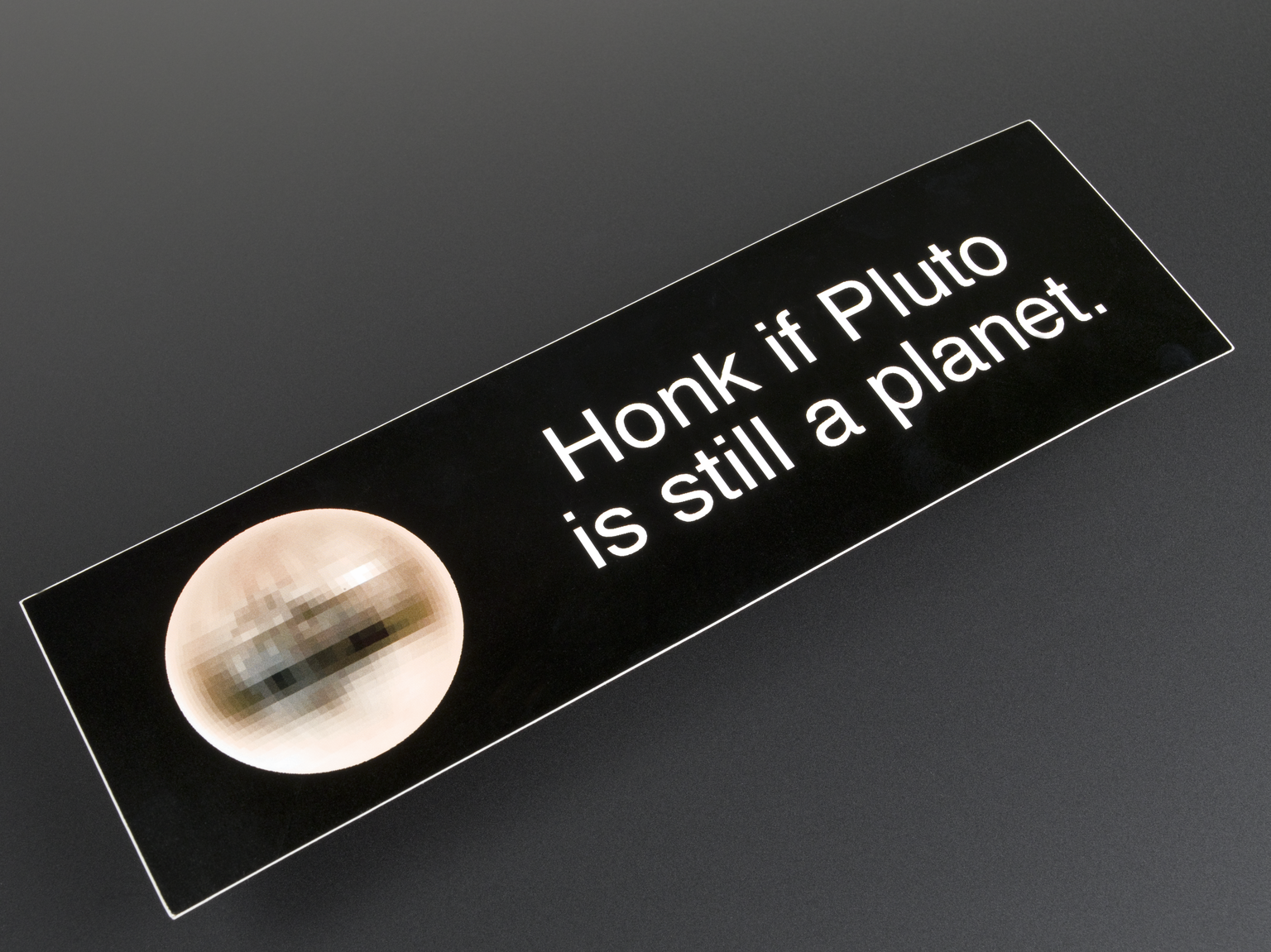Eighty years ago today, a young American astronomer discovered tiny Pluto. Clyde Tombaugh was searching for a predicted ‘Planet X’ that might explain oddities in the orbits of Neptune and Uranus.
Tombaugh spent months painstakingly photographing the same sections of sky and studying the images with a blink comparator. On 18 Feburary 1930, he noticed that on photographs taken a few nights apart that January, one ‘star’ had moved, indicating that it was actually a nearby object moving against the fixed background of distant stars. Further observations confirmed the discovery, which was announced to the world that March.

Despite the fanfare, Pluto turned out not to be Planet X – Tombaugh had just been looking in the right place at the right time. Subsequent observations revealed that Pluto was too small to match the predictions. Eventually, revised calculations of Netpune and Uranus’s orbits removed the need for Planet X altogether.
Things got worse for Pluto by the 2000s, with astronomers discovering a slew of similarly-sized bodies beyond Neptune. Either our Solar System had a lot more planets than anyone had realised, or it was time to rethink what counts as a planet. On 24 August 2006 the International Astronomical Union voted on a new definition, demoting Pluto to ‘dwarf planet’.
‘Save Pluto’ campaigns were quick to follow. This bumper sticker was one of the first products to go on sale.

However, it didn’t take very long for someone to come up with a response:

The IAU’s definition of ‘planet’ remains controversial, so there may be hope for Pluto yet. Because it’s so faraway and faint we still know very little about it, but a spacecraft called New Horizons is due to fly by in 2015. It’s carrying some of Tombaugh’s ashes.
You can see the bumper stickers and the photograph in Cosmos & Culture, while a detector for New Horizons is on display in Exploring Space.